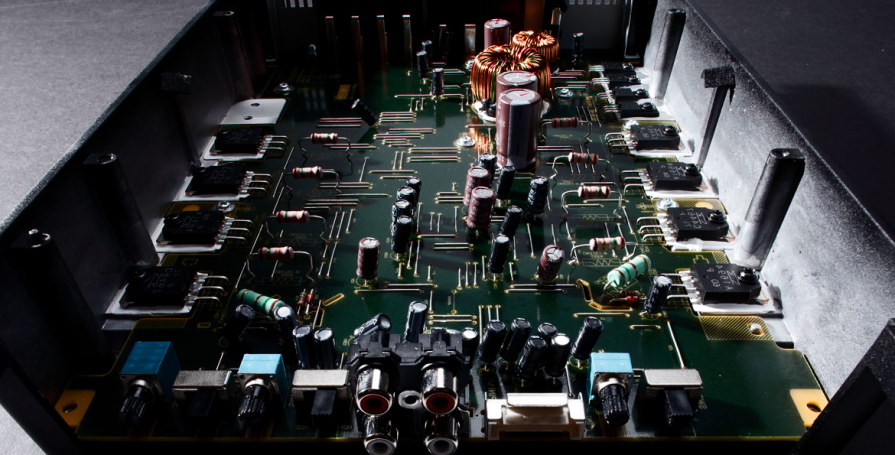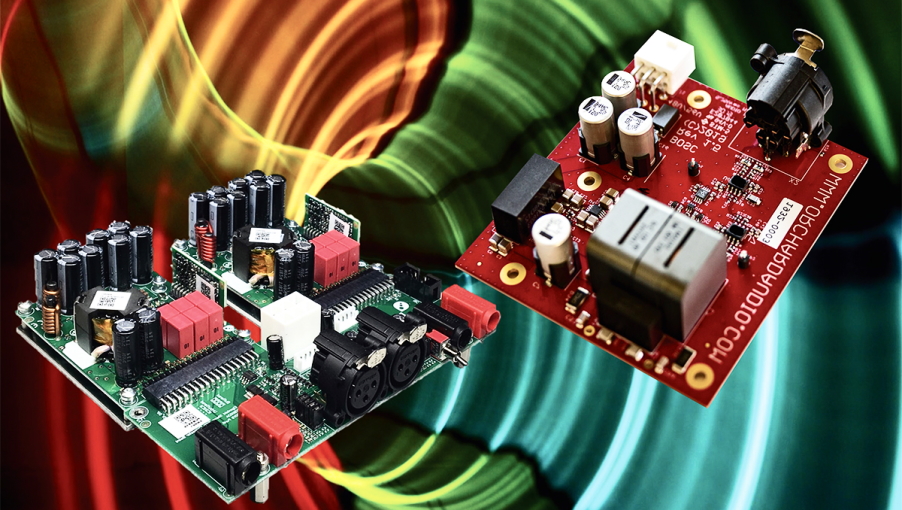An audio amplifier is crucial to the quality of sound that an individual will be able to experience. There are many different classes of amplifiers, each with its unique features and benefits.
There are many factors to consider when choosing an audio amplifier, and we want to make sure you have all of the necessary knowledge before making your purchase. In this blog post, we will be discussing how amplifiers work and what different classes mean for you as a consumer.
“What class should I choose?” is one of the consumers’ most common questions about their amplifiers. But, of course, the answer depends on your needs as well as your budget! For those who need more power than just 100 watts or so, we recommend going with Class D amps—this type of amp has much better efficiency than other types and less distortion.

Understanding Audio Amplifier Classes
Choosing the suitable amplifier class for your needs is an important decision. There are many factors to consider when choosing a power amp, but this blog post will focus on the different classes of audio amplifiers. From cost considerations to how they work, we’ll cover it all!
- Class A amplifiers work by supplying current to both halves of the waveform simultaneously. This means that they don’t turn off until the signal goes away completely.
- Class B amps only supply current to one half of the waveform at a time with low impedance in between them, which limits distortion and noise. The downside is that they have high output resistance, so their output voltage falls as frequency rises unless you use special circuitry called feedback circuits which help keep the output voltage.
What’s the Difference Between a Class AB and D Amplifier
The class AB amplifier is a type of amplifier created to address an issue with the class A design. The problem with the class AB vs D amplifier design is that it tends to be very inefficient and produce a lot of heat, which can cause safety concerns. This new design improved efficiency by using two alternating currents (AC) power supplies, one for each half-cycle or “half-wave” of the input signal.
The downside to this design is that there are two crossover points in the circuit where energy dissipates as heat rather than being amplified. These points are usually at high frequencies because they occur when the output stage switches from conducting electricity on one half-cycle to another half-cycle. The second disadvantage lies in its complexity.
- Class AB amplifiers have less distortion than class D amps.
- The cleanest sound comes from Class A amps.
- Class B and C amps generate more distortion than Class A or D amps and offer higher power output.
- Some manufacturers use “AB” as a marketing term rather than an indication of whether it’s a true class AB amp or not (e.g., the Behringer V-Tone Acoustic Amplifier).


